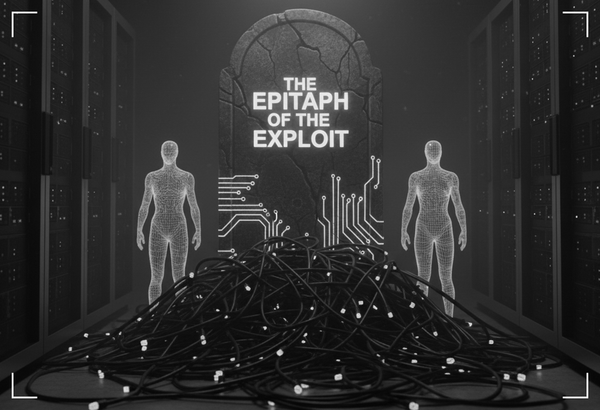Exposing the Weaknesses [AI vs AI Security - Ep.4]
The Weaponization of Artificial Intelligence Against AI Security
![Exposing the Weaknesses [AI vs AI Security - Ep.4]](/content/images/size/w1200/2025/06/faed6966-06b6-4a21-8d57-e26df2e393c1_1920x1080.png)
AI is rapidly transforming industries, but a critical challenge often overlooked is the inherent vulnerabilities within current AI security frameworks. These aren't minor issues; they're fundamental weaknesses woven into the very fabric of AI, its algorithms, the data it consumes, the models it builds, and the systems it operates within.
The Algorithmic Achilles' Heel
Many state-of-the-art AI models, particularly deep learning networks, are susceptible to adversarial examples. These are subtly crafted inputs that can cause an AI to make incorrect predictions, often imperceptible to humans. This sensitivity stems from how AI models learn complex patterns, creating precise decision boundaries that can be easily manipulated by minor input modifications. Further, the "black-box" nature of many complex AI models makes it difficult to understand their decision making processes, effectively concealing security flaws that become harder to detect and mitigate.
Data Dependency
AI systems heavily rely on data, and this dependency introduces significant risks. Data poisoning attacks exploit this by injecting malicious data into training datasets, leading to the AI model learning incorrect patterns and making flawed predictions. AI models can also inadvertently inherit biases present in their training data, leading to discriminatory outcomes. The large amounts of sensitive data often required for training create substantial privacy risks if not meticulously secured, or if the model itself can be used to infer private information.
Vulnerabilities Within the AI Model Itself
Your sophisticated AI model isn't immune to direct assault. Model inversion and stealing attacks allow adversaries to gain unauthorized access to a model's architecture or parameters, potentially compromising intellectual property and revealing sensitive training data. Even more insidious are backdoor attacks, which introduce hidden functionalities during training that can be triggered later by specific inputs, causing the AI to behave unexpectedly or maliciously. Beyond this, vulnerabilities can exist directly within the model's architecture and parameters that attackers can exploit.
The Broader Ecosystem
AI doesn't operate in isolation. The broader system and infrastructure surrounding AI deployments present a host of potential attack surfaces. Weaknesses in APIs connecting AI systems to other software can be exploited for unauthorized access, input manipulation, or data extraction. Attackers may also target the specialized hardware used for efficient AI processing through techniques like side-channel attacks. Furthermore, reliance on third-party libraries, frameworks, and datasets introduces supply chain risks if these components contain vulnerabilities or are compromised.
The Critical Testing Gap
A significant contributor to AI vulnerability is the lack of robust testing and validation methodologies. It's incredibly challenging to comprehensively test AI models for all possible adversarial inputs and attack scenarios, especially given the limited visibility into the internal logic of some models. Traditional software testing methods often fall short, necessitating the development of specialized adversarial testing techniques to uncover these subtle, AI-specific vulnerabilities before malicious actors do.



